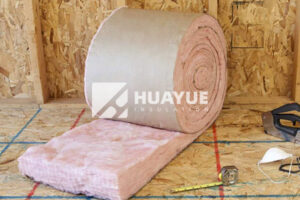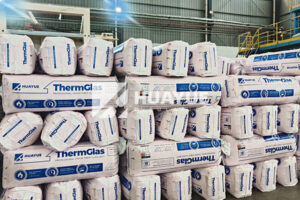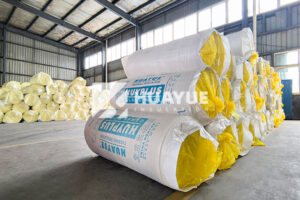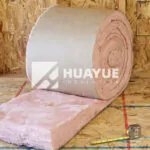Roof Insulation Batts: Are They The Best Solution For Your Home?
Many homeowners struggle with high energy bills and uncomfortable indoor temperatures. Choosing the right roof insulation can make a big difference.
Roof insulation batts are pre-cut panels made of fibrous materials like glass wool, rock wool, or polyester. They improve thermal comfort, reduce energy costs, and are easy to install, making them a popular choice for most roofing systems.
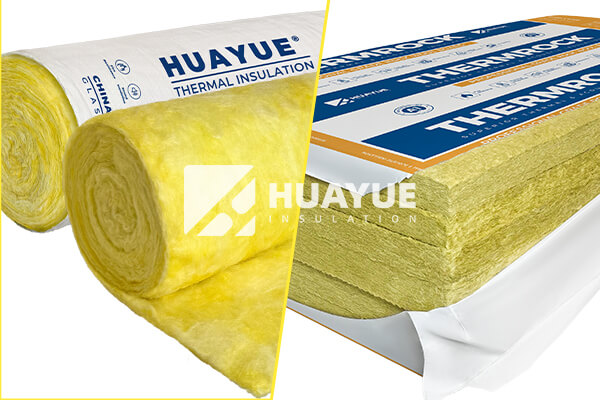
If you are thinking about upgrading your roof insulation, understanding which product is best for your needs will help you avoid mistakes and save money. Read on to learn more about how batts work—and where they might not be the ideal choice.
What is the best insulation for a roof?
Everyone wants to achieve maximum energy savings and durability when choosing roof insulation.
The best insulation for a roof depends on climate, roof design, budget, and local building codes. Glass wool batts are widely preferred for pitched roofs. Foam glass is ideal for complex or industrial systems needing moisture resistance and fire safety.
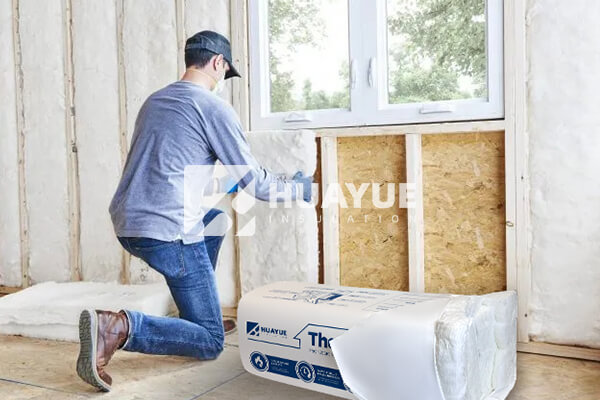
When I am asked about the best roof insulation, I always start with a simple checklist. First, I look at regional climate. Warmer places might want thicker batts or specialty products to keep out heat. Colder climates depend more on materials that block cold air effectively, like glass wool or rock wool batts. Here’s how common materials compare:
| Insulation Type | Performance | Cost | Fire Safety | Installation |
|---|---|---|---|---|
| Glass Wool Batts | High (R-value) | Low | Excellent | Easy |
| Rock Wool Batts | High | Medium | Exceptional | Easy |
| Foam Glass Panels | Superior | High | Best | Complex |
| Poly Batts | Medium | Low | Limited | Easy |
| Spray Foam | Superior | High | Varies | Needs Pro |
I recommend glass wool batts for most homes due to their balance of cost, performance, and safety. I choose foam glass for more demanding industrial projects where extra moisture and chemical resistance matter most.
What are roof batts?
Roof batts are one of the easiest solutions for insulating roof spaces.
Roof batts refer to pre-shaped insulation pieces that fit snugly between roof rafters. They are usually made from fibrous materials like glass wool, rock wool, or polyester. Roof batts control heat loss and gain in buildings, helping keep rooms comfortable year-round.
Roof batts are my first recommendation for retrofit projects. They are designed to fit standard roof truss spacings, making installation fast and efficient. Batts come in different thicknesses and densities, and you can choose what suits your area best. Here is a simple breakdown:
| Brand/Type | Material | R-Value | Fire Rating | Typical Application |
|---|---|---|---|---|
| HUAYUE Glass Wool | Glass Wool | 2.5–4.0 | EU Class A1 | Homes, Offices |
| Generic Rock Wool | Rock Wool | 3.0–5.0 | EU Class A1 | Homes, Factories |
| Polyester Batts | Polyester | 1.5–2.5 | Class F | Non-critical zones |
Each batt type works well in pitched roofs, attics, and even under flat roof decking. I always advise checking manufacturer specs for fire ratings and moisture behavior. Roof batts create a thermal barrier that saves energy, lowers noise, and lasts for years with no trouble.
What are the disadvantages of batt insulation?
Even the simplest insulation solution comes with trade-offs.
Batt insulation can leave gaps if not installed properly, which reduces its overall effectiveness. It does not always offer the highest R-value for small spaces. Batt materials can sometimes absorb moisture, leading to mold or reduced lifespan without vapor barriers.

I have seen batt insulation underperform when installers rush the job, leaving gaps or compressing the batts. Over time, poor installation causes cold or hot spots. Regular glass wool batts can absorb moisture if exposed, which may cause mold or decay. That is why I recommend foam glass batts for areas prone to leaks or high humidity—they repel water and resist chemicals. Consider the table below:
| Disadvantage | Impact | Solution |
|---|---|---|
| Gaps from poor fit | Reduced R-value | Careful installation, trim |
| Susceptible to moisture | Mold, decay | Use vapor barriers, foam glass |
| Lower Soundproofing | More noise | Add acoustic layers |
| Bulkier than foam | Tough in tight spots | Use thinner panels |
Knowing these drawbacks helps me guide customers to think ahead. I often remind people to hire qualified installers or to inspect batts often.
What thickness roof insulation is best?
Picking the right thickness makes all the difference in lasting comfort and efficiency.
The ideal roof batt thickness depends on climate and local regulations. For moderate climates, 100–150mm glass wool batts give balanced insulation. Cold climates can demand 200mm or more for better thermal performance. Always check R-value requirements before buying.
Thickness can greatly affect both cost and energy savings. I rely on R-values, which measure insulation resistance to heat flow, to ensure I meet local codes. For example, in northern Europe, regulations might require R-value above 4.0, while temperate zones accept 2.5 to 3.0. Here’s a summary:
| Batts Thickness | Typical R-Value | Best For | Considerations |
|---|---|---|---|
| 100mm | R≈2.5 | Mild climates | Lower energy savings |
| 150mm | R≈3.5 | Most regions | Fits regular rafters |
| 200mm | R≈4.6 | Cold climates | Need deeper roof frames |
| >200mm | R>5.0 | Extreme cold | May affect ceiling height |
I always check both the batt label and local codes to get the right fit. For most home upgrades, I recommend at least 150mm thickness of high-quality glass wool batts. Thicker layers provide better insulation but may require adjustments to roof framing or finish.
Conclusion
Choosing roof insulation batts hinges on climate, regulation, fit, and correct installation—always check the details and pick what matches your unique needs.
You may also be interested in:
Ready to Get Started?
Get in touch with our experts for personalized solutions tailored to your needs.
Get Free QuoteLatest Articles

Glass Wool Fire Rating: How Safe Is Your Insulation?
Dec 25, 2025
Let's Work Together
Ready to take your business to the next level? Get in touch with our team of experts and let's discuss how we can help you achieve your goals.
Get Free Solutions
